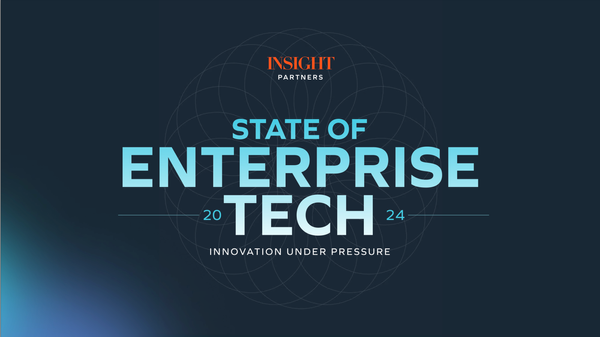
MinIO introduced its conditional write feature long before AWS S3’s recent announcement. This powerful tool offers greater control in high-concurrency environments, ensuring data consistency and reliability, especially in AI and ML workflows.
Read more

Databrick's CEO Ali Ghodsi Decouple storage and compute for more control, lower costs, and scalability. Modern datalakes, built on high-performance object storage like MinIO, empower you to handle AI/ML workloads with flexibility and performance—without relying on proprietary platforms.
Read more

Take advantage of cloud native, Kubernetes-oriented, microservices-based architectures with object storage.
Read more
![Gone [to Prod] in 60 Seconds](/content/images/size/w600/2024/09/gonetoprod-in60seconds-noeyes.jpg)
In this post we’ll show you how quickly you can get a production grade of MinIO cluster up and running in just a few seconds. Not only that, but we’ll also show you how you can expand that cluster quickly in just a few seconds as well.
Read more

Microblink is an AI company specializing in image detection. They got their start in the identity space with products like BlinkID, BlinkID Verify, and BlinkCard. Most recently, their image detection capabilities have led to products that can process other types of images. For example, product detection can be performed on receipts, whereby product descriptions on a receipt are used to
Read more

We really like the team over at Packet Pushers. Their podcast is one of the best in the industry, and they cover technology from the top of the stack to the bottom. We recently had the opportunity to sponsor the legendary Tom Lyon for an interview with Ethan Banks and Drew Conry-Murray.
The team at Packet Pushers was intrigued by
Read more

This post first appeared on The New Stack on July 29th, 2024.
Artificial Intelligence is in the middle of a perfect storm in the software industry, and now Mark Zuckerberg is calling for open-sourced AI.
Three powerful perspectives are colliding on how to control AI:
1. All AI should be open-source for sharing and transparency.
2. Keep AI closed-source and
Read more

Our client, a global financial institution headquarterd in Japan, recently completed an ambitious Hadoop replacement project with MinIO and Dremio. You can see them present it in this talk from Subsurface but we thought we would write it up as well.
Like most banks, the firm had built out a large Hadoop footprint to power its analytics and risk management
Read more

The rise of lakehouse functionality is reshaping data management. ParadeDB's pg_lakehouse extension lets PostgreSQL integrate with object storage, enabling scalable, secure analytics. This makes the modernization of data infrastructure possible without extensive overhauls. Welcome to the future!
Read more

Amid the AI frenzy, one silent hero powers it all: modern object storage. It may not be glamorous, but it's the backbone of today's data lakes, enabling vast, efficient data management. Discover how AIStor elevates your data infrastructure.
Read more

The regulatory landscape is evolving rapidly, and the upcoming Digital Operational Resilience Act (DORA) in Europe is a testament to this dynamic change. We have multiple European banking customers and each one is approaching the problem from a slightly different angle with one exception - almost all of them are using modern object storage as the foundational layer.
For IT
Read more

In this post we explain how to use Splunk's advanced log analytics to help understand the performance of AIStor and the data under management.
Read more

The modern enterprise defines itself by its data. This requires a data infrastructure for AI/ML as well as a data infrastructure that is the foundation for a Modern Datalake capable of supporting business intelligence, data analytics, and data science. This is true if they are behind, getting started or using AI for advanced insights. For the foreseeable future, this
Read more

The Load Balancer in MinIO Firewall solves the network bottleneck. In a cloud-native environment like Kubernetes, MinIO Firewall can be fairly easy to enable the Load Balancing without any modification to your application binary or container image.
Read more

The team at Insight Partners just released their State of Enterprise Tech report for 2024. There is a lot to consume in the 60+ slides, but we cherry picked the things that should be interesting to our audience - and frankly there is a lot of interesting stuff.
I will leave the survey methodology stuff for you to consume, but
Read more

AutoMQ enhances Kafka's architecture by using MinIO's object storage, cutting costs, and boosting elasticity while keeping Kafka API compatibility. This combo offers scalable, secure, and efficient data streaming, ideal for diverse cloud environments.
Read more

Iceberg is shifting the market's focus to scalable, cloud-native storage. This shift is leading to the commoditization of query engines, offering users more flexibility, better pricing, and innovation.
Read more




![Gone [to Prod] in 60 Seconds](/content/images/size/w600/2024/09/gonetoprod-in60seconds-noeyes.jpg)





















